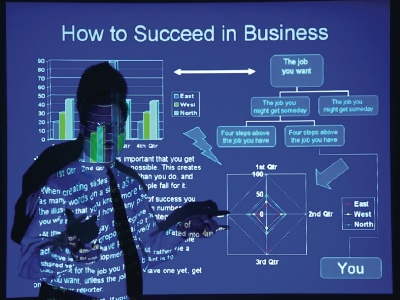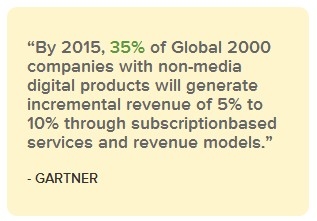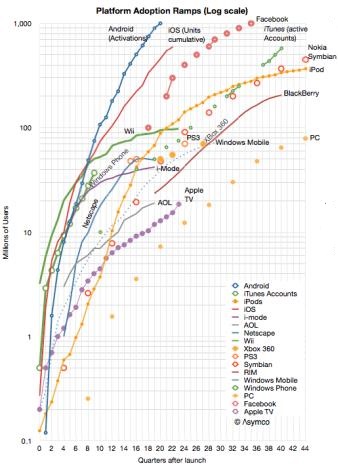This is a quote of Tony Hsieh, Zappos CEO, as related by Hugh McLeod. Hugh continues: “Work and personal life seems to meld together in a way that can be either enhancing or debilitating – and it is up to each person to structure what works in their life and in ways that allow them to be their best in work and at home. What is interesting is that this is a new phenomenon, borne out of technology.”
 Work-Life balance is a typical concept stemming from a time where work and life were happening in different environments, separated by the barrier of commuting. This geographical border has now been abolished by technology. Work has already heavily invaded our private home, and life increasingly (but with more difficulties due to old habits) invades a bit our work.
Work-Life balance is a typical concept stemming from a time where work and life were happening in different environments, separated by the barrier of commuting. This geographical border has now been abolished by technology. Work has already heavily invaded our private home, and life increasingly (but with more difficulties due to old habits) invades a bit our work.
Visionaries try to develop new spaces where life and work could co-exist harmoniously (this seems to be one of the objectives of Tony Hsieh’s Las Vegas downtown project that allies urban and social experiment).
We need to stop these obsolete and pervading considerations about work-life balance and concentrate on how we can integrate these two activities. In fact, they are not antagonistic but in synergy and we need to recognize that better. Once we look at it that way, a world of possibilities opens.
What about you? What do you see when you consider that work and life are in fact integrated and will become ever more integrated?



 flat fee to access an unlimited library of content,
flat fee to access an unlimited library of content,





